
L3 Harris Tapped to Deliver USV for Offshore Oil Spill Response
An unidentified "leading integrated oil and gas company" recently took delivery of an Unmanned Surface Vehicle (USV) from L3Harris Technologies, a USV designed to help out during oil spill response operations.C-Tug 3 is an 11-ft. USV outfitted with L3Harris' ASView control system,a system designed to enable USV remote operations from a land-based control station. C-Tug 3 is designed to execute pre-programmed mission plans and real-time teleoperation via a remote touch screen unit. Once deployed, the USV can tow an oil containment boom into position to prevent the spread of
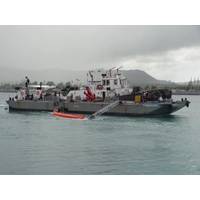
Guam Bolsters Oil Spill Recovery Capacity
Lamor recently commissioned itsLSC 4C Side Collecting Oil Skimming System for Guam’s Oil Spill Response Operations Company (OSROCO) and T&T Marine Salvage (T&T) making it the largest skimming system in the region. OSROCO, a wholly owned subsidiary of Cabras Marine, and T&T operate the skimming system as well as an array of small crafts, and other specialized response equipment. OSROCO, Cabras and T&T employees are trained and certified in accordance with the U.S. Federal Government’s oil spill response and safety standards. Additionally, the companies’
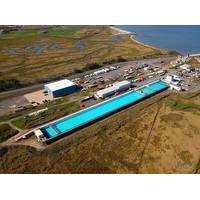
BSEE Allocates $6m for Oil Spill Research Projects
proposals for these projects. In a Broad Agency Announcement (BAA) released on the federal government’s business opportunities website, www.FedBizOpps.gov, the bureau called for white papers focusing specifically on one of seven topic areas for proposed research covering oil spill response operations on the U.S. Outer Continental Shelf. The deadline for submitting white papers is February 9, 2015. Topics should be limited to the following: Innovative Methods to Remove Surface Oil under Arctic Conditions Decanting Recovered Oil at Sea Quantifying In-situ Burn Efficiency
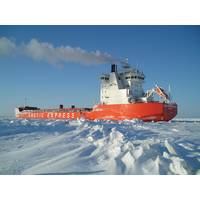
Arctic Energy Exploration Efforts Heat Up
to both sides for a wide ice-free channel,” said Tiainen. A new icebreaker is being constructed at Arctech Helsinki Shipyard for the Finnish Transport Agency that will use both diesel and LNG as its fuel, which is cleaner and more efficient. The vessel will also be equipped for oil spill response operations and emergency towing missions. Ice conditions also require specialized research vessels, offshore support vessels and anchor handling tugs. The 360-ft. icebreaking anchor handling tug supply vessel (AHTS) Alviq was constructed by North American Shipbuilding in Larose, Louisiana and

BSEE Targets $7 Million Investment in Oil Spill Response Research
be investing up to $7 million to support these projects in 2014. In a Broad Agency Announcement released on the federal governments business opportunities website, FedBizOpps.gov, the bureau called for white papers focusing specifically on one of 10 topic areas for proposed research covering oil spill response operations on the U.S. Outer Continental Shelf. "This announcement continues and enhances BSEE's commitment to a comprehensive research program dedicated to improving oil spill response operations,” said BSEE Oil Spill Response Division Chief David Moore. “Through efforts such
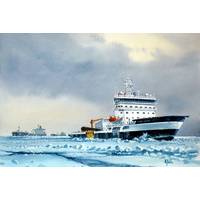
Aker Arctic to Design Icebreaker for Finnish Government
the Baltic Sea. The draught of the vessel with full fuel tanks should be maximum 8 meters, which enables operation and support to vessels on all major sea routes. The cruising speed of the vessel in open water should be minim 16 knots. In addition, the new icebreaker will be equipped for oil spill response operations and will perform emergency towing missions 95% of the time in the open water and ice conditions prevailing in the Baltic Sea. It should be possible to collect oil with at significant wave height up to at least 2 meters, and 95% of the time in the wind conditions prevailing in the Baltic
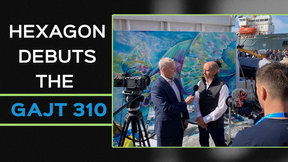
 February 2025
February 2025





